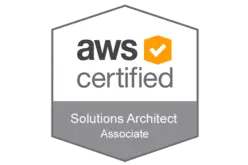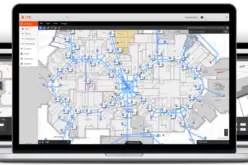A Guide to Application Integration Tools for New Business Owners
A business owner’s life is full of important decisions and day-to-day tasks that need to be completed in order for the business to run smoothly. Juggling customer service, marketing, accounting, and other administrative duties can be difficult, especially when different software applications are not integrated with one another. This can lead to data duplication, lost time, and inaccurate reporting.
It is important for new business owners to understand the different types of application integration tools available, as well as the functions that each type can serve in order to make the most informed decision about which tool is best suited for their needs. When starting a new business, it is important to have all of your applications integrated in order to make your work easier and more efficient. Application integration tools allow you to do just that by providing a platform where you can connect all of your software applications.
Understand Application Integration Tools

Application integration tools are used to help connect different software applications together. This can be done in order to allow for the transfer of data between the applications or to allow for the execution of certain tasks or processes that are automated within the software. There are a variety of different app integration tools available on the market, and each has its own unique features and benefits.
There are three primary types of application integration tools: data integration tools, process integration tools, and application programming interfaces (APIs). Data integration tools are used to collect and consolidate data from multiple sources into a single repository. Process integration tools are used to automate business processes by connecting different software applications together which saves you time and money. APIs are used to allow different applications to communicate with each other.
Benefits of Using an Application Integration Tool
There are many benefits to using an application integration tool. Perhaps the most obvious benefit is that it can save you a lot of time and money. When all of your applications are connected, you can easily and quickly transfer data between them. This means that you won’t have to spend time re-entering data or manually transferring it between applications.
Another benefit of using an application integration tool is that it can help you to be more organized and productive. When all of your applications are connected, you can easily see all of the data that is available to you across all of your applications. This can help you to more easily make decisions and to track your progress.
Additionally, using an application integration tool can help you to improve the security of your data. By connecting your applications, you can create a more secure environment in which to store your data. This can help to protect your data from unauthorized access and from being lost or stolen.
Overall, using an application integration tool can be extremely beneficial for new business owners. It can save you time and money, help you to be more organized and productive, and improve the security of your data.
How to Choose an Application Integration Tool

When starting a new business, one of the most important decisions to make is choosing the right application integration tool. With so many options on the market, it can be difficult to determine which tool is right for your needs. This guide will help you understand the different types of application integration tools and how to choose the right one for your business.
The first step is to determine what you want the integration tool to do. Are you looking to connect to a SaaS application, such as Salesforce or Google Apps? Are you looking to connect to an on-premises application, such as an ERP system? Or are you looking to connect to a database?
Once you know what you want to connect to, you can start to narrow down your choices. Evaluate the different tools on the market by asking more important questions. How easy is the tool to use? What features does it offer? Does it connect to the applications you need? Does it offer data transformation and mapping capabilities? What is the pricing and what level of support is offered?
Ask these practical questions upfront to get the best application integration tools for your business success. You’ll also be able to see how these tools can aid your scalability and overall business efficiency. You’ll need reliable integration processes and a great product to get where you want to go with your new business.
Also, read – How APIs Can Improve Building and Architectural Design










